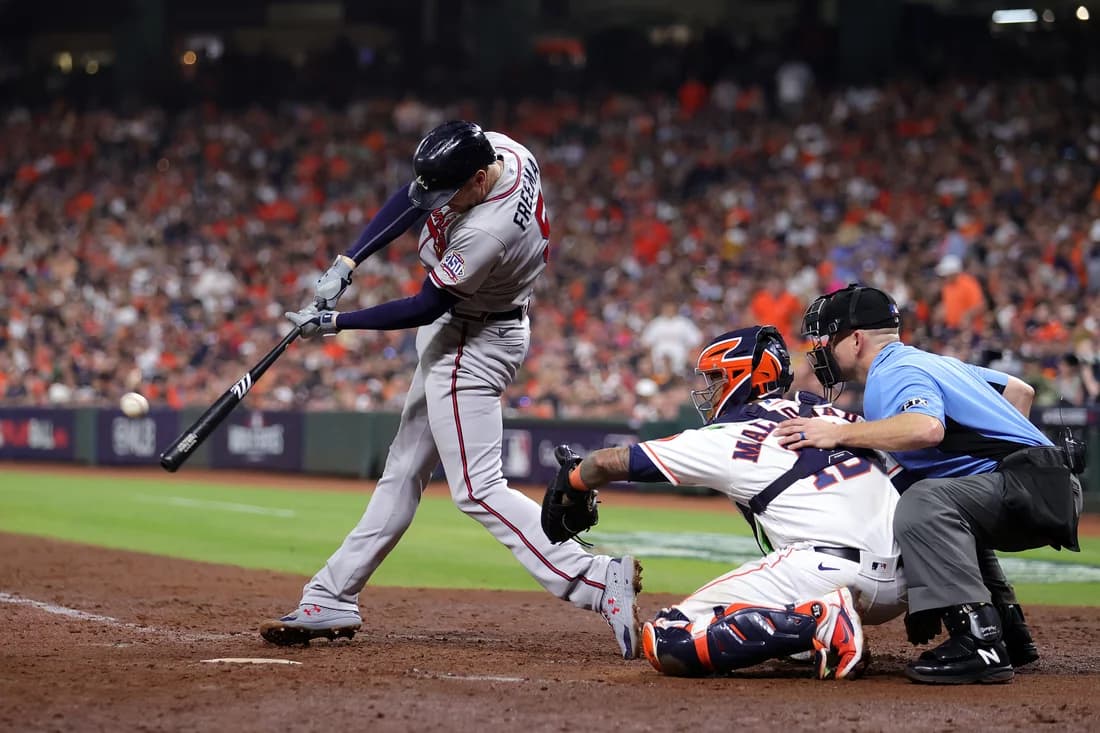
About Baseball
Baseball is a bat-and-ball game played between two teams of nine players each, who take turns batting and fielding. The game proceeds when a player on the fielding team, called the pitcher, throws a ball which a player on the batting team tries to hit with a bat.
The objective of the offensive team (batting team) is to hit the ball into the field of play, allowing its players to run the bases, having them advance counter-clockwise around four bases to score what are called runs.
A run is scored when a runner legally advances around the bases in order and touches home plate. The team that scores the most runs by the end of the game is the winner.

Application Workflow
1. Problem Understanding
Objective: Extract fundamental Statcast metrics (e.g., pitch speed, exit velocity) from archival baseball game videos using computer vision and AI.
Deliverables:
- Hosted project URL
- Project description
- Open-source code repository
- Insights and findings
2. Dataset Preparation
Archival Videos:
- Collect old baseball game videos (ensure usage rights)
- Use publicly available MLB archival datasets
- Licensed materials
Annotations:
- If no labeled data exists, annotate key metrics manually
- Semi-automatic annotation for training/testing
Data Cleaning:
- Standardize video formats
- Segment clips
- Ensure quality for computer vision tasks
3. Technology Stack
Google Cloud Platform Tools:
- Vertex AI: Train and deploy machine learning models
- Google Cloud Storage: Store video datasets and outputs
- Google Cloud Functions: Host APIs for metric extraction
- Cloud Run: Deploy the application
- BigQuery: Store extracted Statcast metrics
- Gemini AI: Advanced NLP integration
- Imagen: Enhance visual analysis
4. Solution Pipeline
Step 1: Extract Video Frames
- Use OpenCV for frame extraction
- High FPS capture for key moments
Step 2: Object Detection
- Pre-trained computer vision models
- YOLOv8 or Google's AutoML Vision
- Detect baseball, players, equipment
Step 3: Track Motion
- Object tracking algorithms
- DeepSORT or Kalman Filter
- Track baseball trajectory
Step 4: Analyze Events
- Machine learning models
- TensorFlow/PyTorch implementation
- Vertex AI custom models
5. Application Development
Frontend:
- User-friendly dashboard
- Video upload functionality
- Metrics visualization
- React/Angular/Vue.js implementation
Backend:
- Python/Flask or Node.js
- API development
- Cloud Run hosting
- BigQuery integration
6. Testing and Deployment
Testing:
- Multiple archival video testing
- Model fine-tuning
- Edge case handling
- Performance optimization
Deployment:
- Cloud Run/App Engine hosting
- CI/CD pipeline implementation
- Monitoring and logging
7. Submission Components
A. Hosted Project:
- Live URL
- Real-time metric extraction
- User interface
B. Project Description:
- Features and functionality
- Technology stack
- Data sources
- Findings and learnings
C. Open Source Repository:
- MIT License
- Detailed README
- Installation guide
- Contribution guidelines
8. Final Touches
Documentation:
- User instructions
- System architecture diagrams
- Model explanations
- API documentation
Presentation:
- Demo video
- Performance metrics
- Future improvements
Our Team



